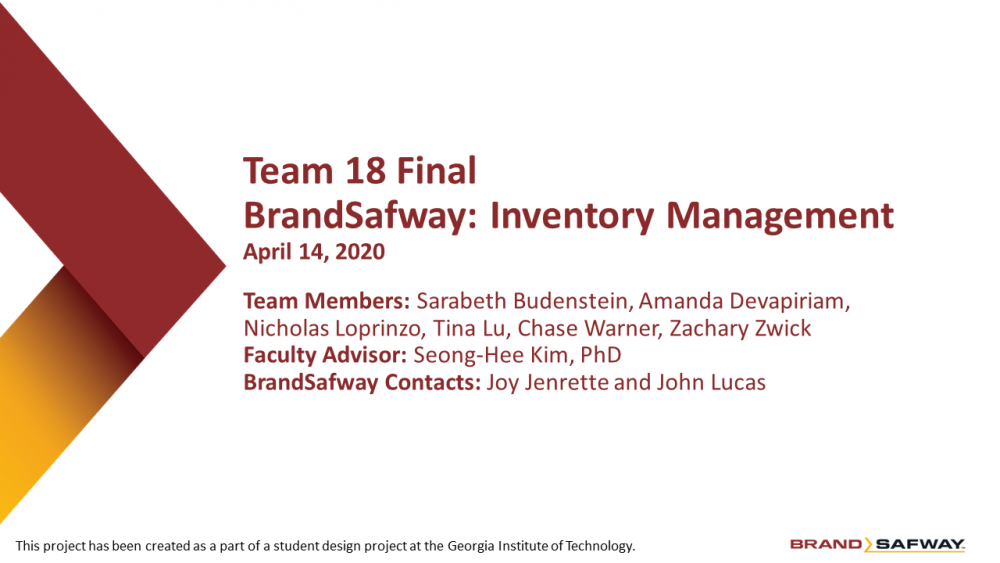Client Context
Headquartered in Kennesaw, GA, BrandSafway is a global industrial services company that provides products and services to support contractors, allowing them to operate safely at height for construction and maintenance work. Its business model focuses on rentals and sales of equipment to customers across four primary markets (1) Power and Generation, (2) Oil and Gas, (3) Civil and Infrastructure, and (4) Commercial Construction. The project scope comprises BrandSafway’s 118 branches in the U.S., which store inventory and are points of transaction to customers, and 11,000 SKUs within scaffolding products. Total U.S. inventory is valued at $1 billion USD.
Project Objective
To fulfill customers’ job requests, branches may need to request inventory from other branches in the network. Currently, inventory requests are relationship-driven between branch managers and are made from a subset of possible options. In addition, branch managers’ requests may be rejected due to other branches’ inventory hoarding in anticipation of future demand; however, these forecasts are primarily qualitative and based on branch managers’ intuition. Rejected network requests have led to increased capital expenditures to fulfill job requests, which has impacted profit margin; the team’s initial analysis showed that 70% of capital expenditures from 2018 to 2019 were unnecessary.
Design Strategy
The team designed three solutions to improve current network inventory sourcing and increase profit margin: 1) a Product Acquisition System (PAS), 2) an Inventory Holding Policy (IHP), and 3) a Demand Forecasting Model (DFM). Together, the deliverables prioritize network inventory sharing across the network over new inventory purchases to fulfill job requests. To evaluate the solutions’ cost impact, the team conducted a market replay from 2018-2019. The replay applied the IHP's thresholds and the PAS’s solutions to historical daily transactions and tracked costs over time.
Deliverables
The team’s solutions were delivered to BrandSafway through a web application and Power BI dashboard. When a branch cannot fulfill a job with existing inventory, its manager uses the PAS-backed web application, which contains an optimization model that outputs a list of branches to contact. Branch managers who receive requests view the Inventory Dashboard, the front-end of the IHP and DFM, to decide whether to accept or reject the request. The dashboard displays current inventory levels and thresholds above which inventory can be given away with low risk of stock-out. It also includes forecasts of future demand.


